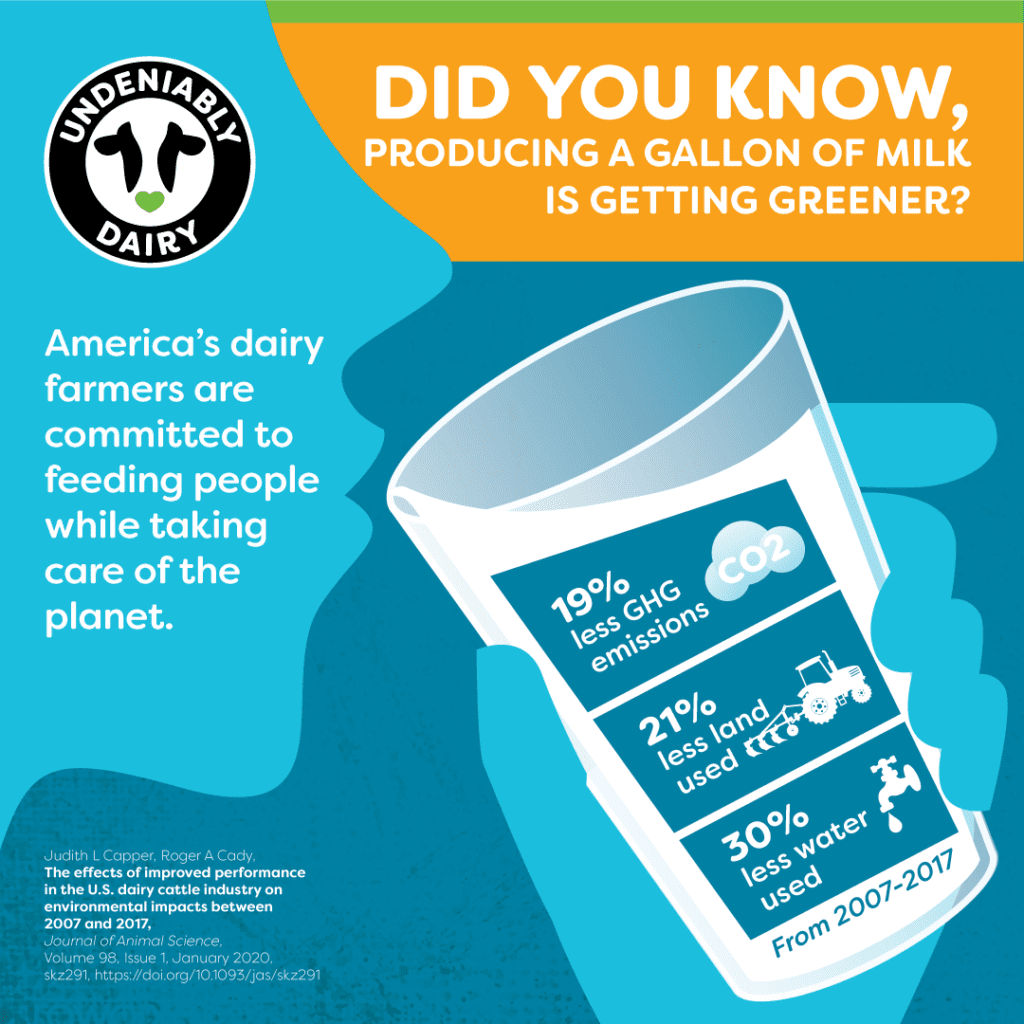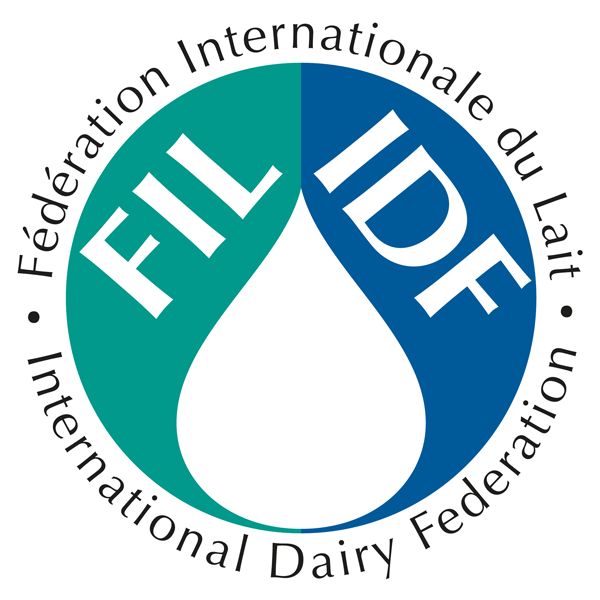Share this page

Alignment with SDGs
AUTHOR
Barbara Fouchet Arla Foods, Lagos, Nigeria
Abstract
Supported by Danida, and in collaboration with the Nigerian Government, the NGO Care, the Danish Agricultural and Food Council, the local cooperative MILCOPAL and the Nigerian pastoralist organisation Coret, the Milky Way Partnership Nigeria was conceived in 2016. The programmes remit is to develop the local dairy sector, commercially and sustainably through the creations of a vertically integrated dairy value chain, which involves the processing, production and marketing of milk.
The project has two main objectives:
- Capacity building of local smaller holder farmers to enable them to increase the yield of their herd, increase the quality of the milk and secure a higher income for their milk
- Provide an off-take model for the farmers’ milk and market it locally
The Milky Way Partnership has now enrolled more than 800 farmer households. During 2020, the focus was on capacity building of local farmers as well as adjusted off-take arrangements and the new partnerships with the Melinda and Bill Gates Foundations through the Advanced Local Dairy Development Nigeria (ALDDN) program managed by SAHEL Consulting, whose purpose is to increase number of farmers enrolled via capacity building. In addition, Arla has taken over a local dairy plant, which is being renovated to produce drinking yogurts.
The Milky Way Partnership programme has scaled up through its participation in the DAMAU Household Milk Farm Project. This is a public private partnership with Kaduna State Government with an aim to settle 1,000 farm households in a 9,000 hectare land by providing infrastructure and imported cows to
each farmer. Due to COVID-19, the large DAMAU project has been delayed, and the plan is to initiate the establishment of grassland for cows and the construction of houses.
CA Dairy Sustainability Summit
Nigeria’s population is set to reach close to 400 million people by 2050. It is among the fastest-growing of any nation in the world and this is creating an urgent long-term need for more and better access to nutritious food and dairy will play an important part. The local dairy industry is currently able to supply less than 10 per cent of this demand as most Nigerian dairy farmers are small-scale with a herd of just four to eight cows, usually, the dominant White Fulani breed, which is well adapted to Nigeria’s landscapes and climate. Very few farmers have their own grazing lands or access to a permanent source of water. This means they are continuously moving in search of these fundamentals and the conflict between nomadic farmers and crop farmers have not stopped
Milk collection is basic, by hand into small open bowls or buckets, and the amount collected is 0.5 – 1.2 litres and heavily dependent on seasonality. While tending the cattle is done primarily by the men, the women do the milking. Of the milk that isn’t consumed directly by the farmers’ family or fed to the calves, the women manually
transform it into a simple yogurt base, which they take to the nearest town and sell to local processors. The revenue they receive is an important source of income for the women. For Arla, as well as helping address the need for more dairy products through the import of nutritious dairy products made from its European farmer owners’ milk, it saw the opportunity to play an integral role in the development of Nigeria’s own dairy industry to increase supply of locally produced milk,
hence the initiation of the Milky Way Partnership. It is Arla’s commitment to Nigeria that its business activities are in good harmony with the local dairy industry development.
Materials and Methods
The selection of the farmers who were invited to be involved with the project was given great consideration, and a variety of farmers, in differing scenarios, were chosen to test the models ability to be scaled up and transferred to different areas in the country. This was done in collaboration with milcopal, a local dairy cooperative, already experienced with working with local farmers and sharing arlas cooperative values. Since the inception of project and the recruitment of the farmers, providing access to basic primary materials has been a priority for the project. For the clusters without access to water, boreholes have been established. Grazing pastures have been planted, creating access to feed to enhance farmer settlement.
With milk production traditionally being a by-product of cattle breeding, turning it into a business which can generate a steady income has been a key strand of the project’s remit. Working with a local partner, a series of training programmes continues to be delivered to the dairy farmers out in the field, including dairy business, milk and hygiene, fodder, feeds and feeding, cooperatives formation and management and herd management.
Results
We are delighted to see the outcomes we are seeking from the Milky Way Partnership coming to life, these being increased income and job opportunities for local farmers and employees in the dairy sector, which in turn means we are helping improve livelihoods. Milk volume intake has quadrupled in one year and number of farmers has doubled. Fodder for cows is now more consistently available. We have developed off take agreements with the farmers and established a transparent payment system. In addition, we recruited a project manager to manage the day to day work of all stakeholders. Furthermore we assure the offtake of the milk and have established a route to market making it attractive for the farmers to engage in the project.
We are delighted to see the outcomes we are seeking from the Milky Way Partnership coming to life, these being increased income and job opportunities for local farmers and employees in the dairy sector, which in turn means we are helping improve livelihoods. Milk volume intake has quadrupled in one year and number of farmers has doubled. Fodder for cows is now more consistently available. We have developed off take agreements with the farmers and established a transparent payment system. In addition, we recruited a project manager to manage the day to day work of all stakeholders. Furthermore we assure the offtake of the milk and have established
a route to market making it attractive for the farmers to engage in the project.
Discussion
Our goal is to build the local dairy sector to increase the income of the individual farmer, and to enable Nigeria to feed a growing population, and based on the success of the programme to date, we are confident in achieving both these ambitions. Next steps are the expansion of the programme in the coming years to include a demonstration and training farm focusing on feed and fodder, calf rearing as well as good farm practices/management to further capacity build local farmers to increase the yield, the efficiency and the profitability of the Nigerian dairy sector
In the near future, we plan for some of our European farmer-owners to visit Nigerian dairy farmers to share knowledge and expertise on good farming practices in Nigeria. Reciprocally, the cooperation will provide European farmers with knowledge about farming in emerging markets and under very different climate conditions. The increase of milk intake and Arla’s experience in dairy products will benefit the Nigerian local dairy market with the introduction of new category/innovation.
Conclusion
From a CSR project starting in 2016, this local dairy development project grew and became an integrated part of the Arla Nigeria business unit. The development of the local dairy value chain industry needs to be commercially viable to be sustainable.
Arla Foods showed leadership, integrity and responsibility to the project since the beginning. We are doing this because we care about the people and the impact we can have on their life. As a learning, a key success factor is strong partnerships. It is Arla ways of working and we have partnered with many strong partners in our emerging markets.
In the near future, we plan for some of our European farmer-owners to visit Nigerian dairy farmers to share knowledge and expertise on good farming practices in Nigeria. Reciprocally, the cooperation will provide European farmers with knowledge about farming in emerging markets and under very different climate conditions. The increase of milk intake and Arla’s experience in dairy products will benefit the Nigerian local dairy market with the introduction of new category/innovation.
Developing new 2050 environmental goals to help meet the SDGs demonstrates U.S. dairy’s long-standing values of responsible production, nourishing communities, and continuous improvement.
Dr Jamie Jonker Tweet
The value of the initiative
Collaboration is at the heart of the U.S. dairy community. Through International Dairy Federation, Dairy Sustainability Framework, Food and Agriculture Organization of the United Nations and other global dairy networks, the U.S. dairy community is working to understand and tackle complex issues around sustainable food systems, taking an integrated approach to continuously improve the sustainability of dairy systems and contribute to the achievement of key SDGs such as protecting the environment and ending hunger.
Developing new 2050 environmental goals to help meet the SDGs demonstrates U.S. dairy’s long-standing values of responsible production, nourishing communities, and continuous improvement. The people that depend on nutritious dairy foods to support their health and well-being share these values.

New opportunities
U.S. Dairy will work collaboratively to accelerate progress toward the new environmental goals and increase access to affordable technologies and practices. Foundational work on environmental and economic research will inform decisions, update models and advance outcomes for dairy farmers. Expedited economic and environmental projects will create new revenue streams as a catalyst for solutions. And collaborative action will stimulate greater access to technical, financial, and educational support and motivate adoption of environmental practices across all dairy farms. To ensure continued momentum, progress toward these targets will be measured and reported in aggregate every 5 years, starting in 2025, through 2050 using meaningful markers of progress such as those found in the U.S. Dairy Stewardship Commitment.






